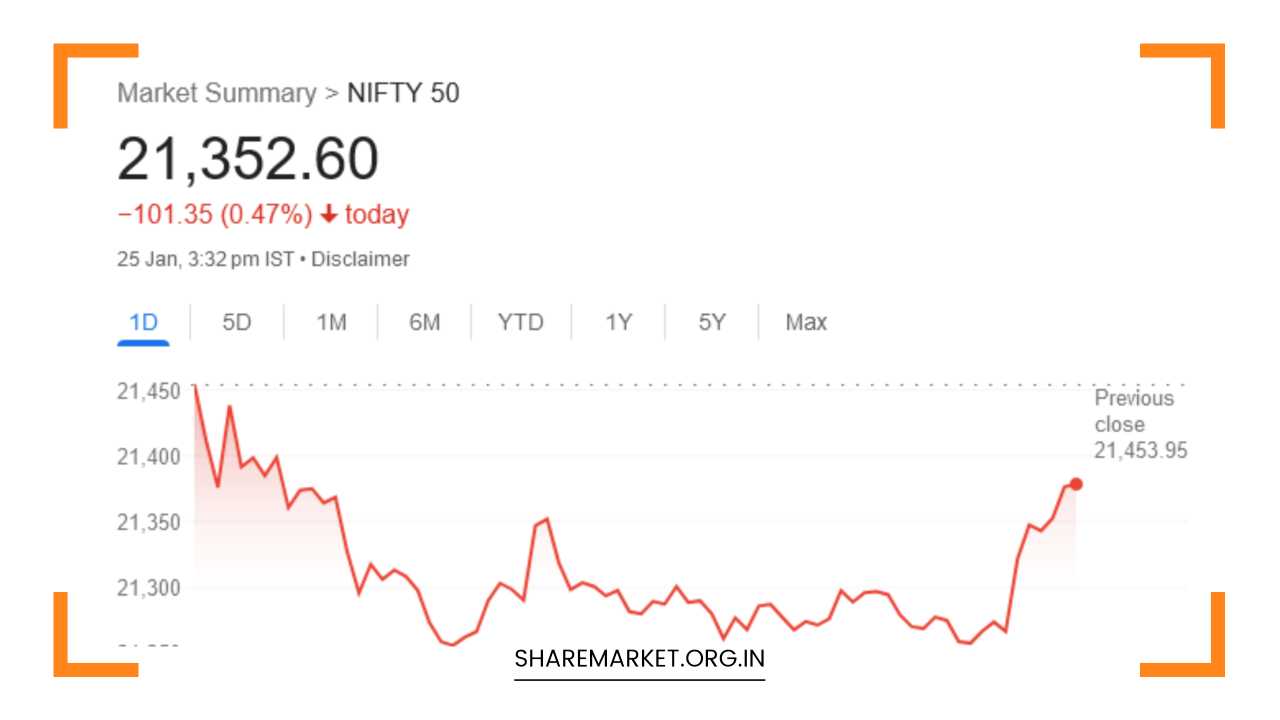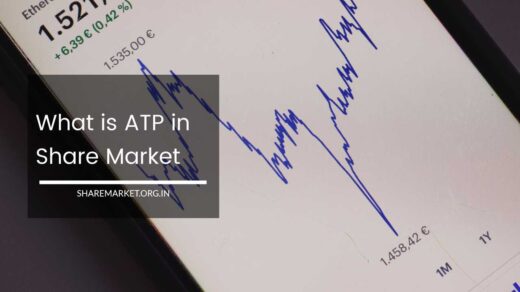Market Continues to Decline; Nifty Prediction for Tomorrow

Nifty Prediction for Tomorrow
Market Analysis: Persistent Decline Amidst Economic Uncertainty
In the ever-evolving landscape of financial markets, staying abreast of the latest developments is crucial for investors and traders.
The recent market scenario reveals a persistent decline that has left a considerable impact on major indices.
This analysis delves into the intricacies of the current market conditions, examining the factors contributing to the decline, potential future movements, and insights from financial experts.
Market Snapshot:
The latest market data indicates a selling trend across prominent indices. In the Sensex, 21 out of 30 stocks experienced selling, while in the Nifty, 34 out of 50 stocks witnessed a decline.
The Bank Nifty, too, faced selling pressure, with 8 out of its 12 shares reflecting a downturn. This widespread selling trend signifies a broad market decline, raising concerns among investors and traders alike.
Daily Performance:
On the day of the January series expiry, the stock market exhibited weakness. Both the Sensex and Nifty closed with a decline on January 25, marking a notable downturn in the market.
The most significant declines were observed in the Banking, Metal, and Infra indices. Additionally, there was notable pressure on IT, Pharma, and FMCG shares.
However, some sectors, including Energy, PSE, and Realty, managed to close on a positive note.
The magnitude of the decline was evident in key indices. The Sensex fell by 360 points, closing at 70,701, while the Nifty dropped 101 points, concluding the day at 21,353.
The Bank Nifty experienced a decline of 216 points, closing at 44,866. The midcap segment also witnessed a downturn, with a fall of 215 points, leading to a closing figure of 47,209.
Market Breadth:
A closer look at market breadth reveals the extent of the decline. Selling was not limited to specific sectors, as evidenced by the selling trend in midcap and smallcap shares.
The broad-based nature of the decline indicates that investors are adopting a cautious stance, possibly reacting to a combination of domestic and international factors influencing market sentiment.
Currency Market:
Simultaneously, in the currency market, the Indian rupee closed at 83.12 against the dollar, recording no significant change.
The stability in the currency market amidst the prevailing market decline suggests a complex interplay of factors impacting different segments of the economy.
Expert Perspectives:
Financial experts offer valuable insights into the factors contributing to the market decline and potential future movements.
Prashant Tapse of Mehta Equities attributes the current volatility to negative trends preceding the budget. The heightened volatility, he suggests, might be a result of investors booking profits on the expiry day and the continuous withdrawal of foreign funds from the domestic equity market.
In January alone, Foreign Institutional Investors (FIIs) have sold more than Rs 33,000 crore.
Tapse identifies various global and domestic factors affecting market sentiment. The rise in international crude oil prices, mixed third-quarter results, an increase in US bond yields, and escalating tensions in West Asia are contributing to the uncertainty.
These factors collectively create an environment where investors are apprehensive about the near-term prospects of the market.
Technical Analysis:
From a technical standpoint, immediate resistance for the Nifty is observed at 21,400 points. The signs of weakness in the market hint at a potential decline to levels of 21,100 and 21,000.
A more significant downturn is anticipated if the Nifty breaks the crucial support level of 21,000, with potential targets set at 20,900-20,500.
Any reversal of the current trend is expected only if the Nifty manages to surpass the 21,500 mark, suggesting a cautious approach for market participants.
Ajit Mishra of Religare Broking provides a nuanced perspective on the market dynamics. Mishra notes that while there is considerable pressure on banking stocks, sentiments are partially offset by buying in select shares of other sectors.
This contradictory trend points towards a phase of market consolidation. In such a scenario, where the market direction is not explicitly clear, traders are advised to remain focused on meticulous stock selection and effective trade management.
Final Remarks:
In conclusion, the current market conditions are characterized by a persistent decline, with various sectors experiencing selling pressure.
The complexity of this market scenario is compounded by both domestic and global factors, contributing to heightened volatility and uncertainty.
As investors navigate through these challenging times, careful consideration of expert insights and technical analysis is essential for informed decision-making.
The coming days leading up to January 29 will likely witness continued market volatility, and traders are urged to exercise caution and adopt strategic approaches to navigate these turbulent waters.

















